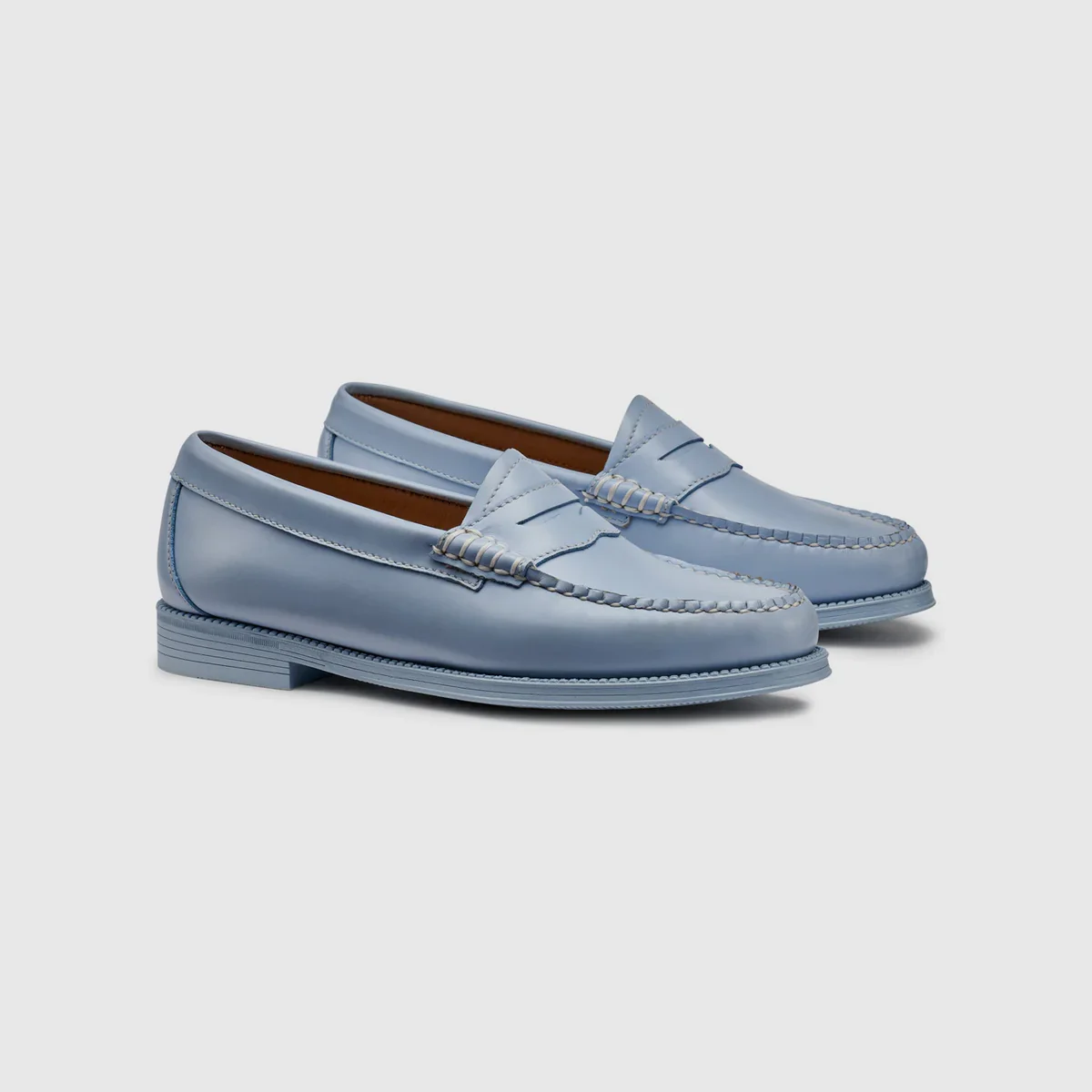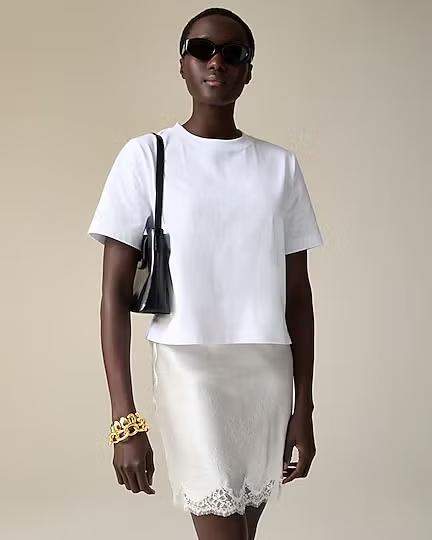
OWN’s Time Of Essence first episode of the five-part docuseries, with the magazine’s early origins, starting in the 1970s by four Black men—Ed Lewis, Cecil Hollingsworth, Clarence Smith and Jonathan Blount—who intended to create a magazine catered to Black women, something unprecedented at a time where most women targeted editorials were geared towards a white gaze.
The magazine was founded in the upheaval of the previous decade, which included the murder of Martin Luther King Jr. in 1968, as well as the thick of the Vietnam War and the Black Power Movement. The Black community at the time needed hope, and ESSENCE was birthed.
To truly launch the publication, the foursome needed funding, and intended to raise $1,500,000. A Black bank in Harlem, Freedom National Bank, funded their endeavor with $13,000 supplemented by funds from Hugh Hefner, who invested $250,000.
Founded by Black men and created for Black women, the magazine’s early editorial aughts included the masterminds of several Black women whose editorial vision helped shape the magazine into what it could be. The magazine’s first editor-in-chief, Bernadette Carey, often butted heads with the founding partners on direction, and eventually left the publication. Soon after, the partners sought out Ruth Ross to sit at the helm.
Yet, the magazine’s originally intended name held the potential to significantly alter its course and achievements. The initial intention of the founding partners was to dub the magazine as “Sapphire,” drawing inspiration from Sapphire Stevens, the character portrayed by Ernestine Wade on The Amos N’ Andy Show. Fortunately, Black women successfully persuaded the founding partners to reconsider. Eventually, the name “Essence” was conceived by Ross. This turn of events proved pivotal for the magazine’s future.
In its humble beginnings, ESSENCE had less than 15 Black ads in the magazine’s first edition. Its first year was met with more head-butting, this time between Ross, and then-Creative Director Gordon Parks. Ross wanted editorial content with a political focus and a service for Black women, while Parks wanted a visual forward magazine aligned with its white competitors such as Vogue. The contention would lead to Ross quitting, with Parks departing the following year, leaving ESSENCE to rebuild its editorial presence once again.
Enter Ida Lewis, the next EIC (1970-1971) for the magazine. During her tenure, Marcia Ann Gillespie was appointed as the managing editor, while Susan Taylor took on the position of beauty editor. The magazine began to take shape, and influence—Sheryl Lee Ralph dyed a pair of platform shoes gold because she saw it in ESSENCE. “I saw these images, and I saw it because I believed it,” Ralph said in the documentary.
At the time, women’s editorials were viewed through a white lens that often excluded Black women. Major milestones like the women’s movement, excluded Black women, and ESSENCE sat in that void. The support of profound Black voices is what helped the magazine’s credibility, with poets Nicki Giovanni and Gwendolyn Brooks sitting in on editorial discussions.
Nevertheless, the founding partners would find themselves in a stalemate. Ed Lewis was made to be the CEO of the company, and Blount was fired. On the editorial side, Ida Lewis fired Gillespie as managing editor, something that displeased Ed, a decision that led him to fire her. Ed called Gillespie, and brought her back to close the issue, working as the acting editor-in-chief at the time.
The partners sought out new talent to fill the role, however, Gillespie’s vision statement would change their minds, and Gillespie would be promoted from managing editor to EIC and work in that role up until 1980. She was relentless in creating content that saw Black people, namely women, through a Black lens.
Gillespie helped to establish voice and identity for ESSENCE. Supermodels Beverly Johnson and Iman were featured under Gillespie’s leadership, a time where Black models weren’t being featured in white publications. It’s something Iman called “a badge of honor,” in her modeling career.
In 1974, founding partner Hollingsworth had a business opportunity that he didn’t want to share among the trio, and instead wanted to keep the proceeds for himself. The once foursome would dwindle to a twosome after Ed Lewis let him go. However, that didn’t stop ESSENCE’s growth.
The magazine was a part of a Black culture renaissance in the 70s, where Black women rose to prominence past the former decades of mammy and maid caricatures. “The safest place for the stories of these powerful icons to be told was the pages of ESSENCE,” CEO and President of ESSENCE Ventures, Caroline Wanga, said. “Because what we would do that no other outlet would do would be to tell the whole spectrum of what made this important. Not just talk about the fact that these women were doing well in Hollywood.”
As the magazine would gain more ground, it would face its biggest challenge yet—advertising. There was a racial disparity where ads in ESSENCE were limited to haircare products, cigarettes, and alcohol. Cosmetic companies ignored ESSENCE in favor of white magazines. “Rich advertisers never came to ESSENCE,” said Taylor. “It was years before ESSENCE could really penetrate the beauty industry.”


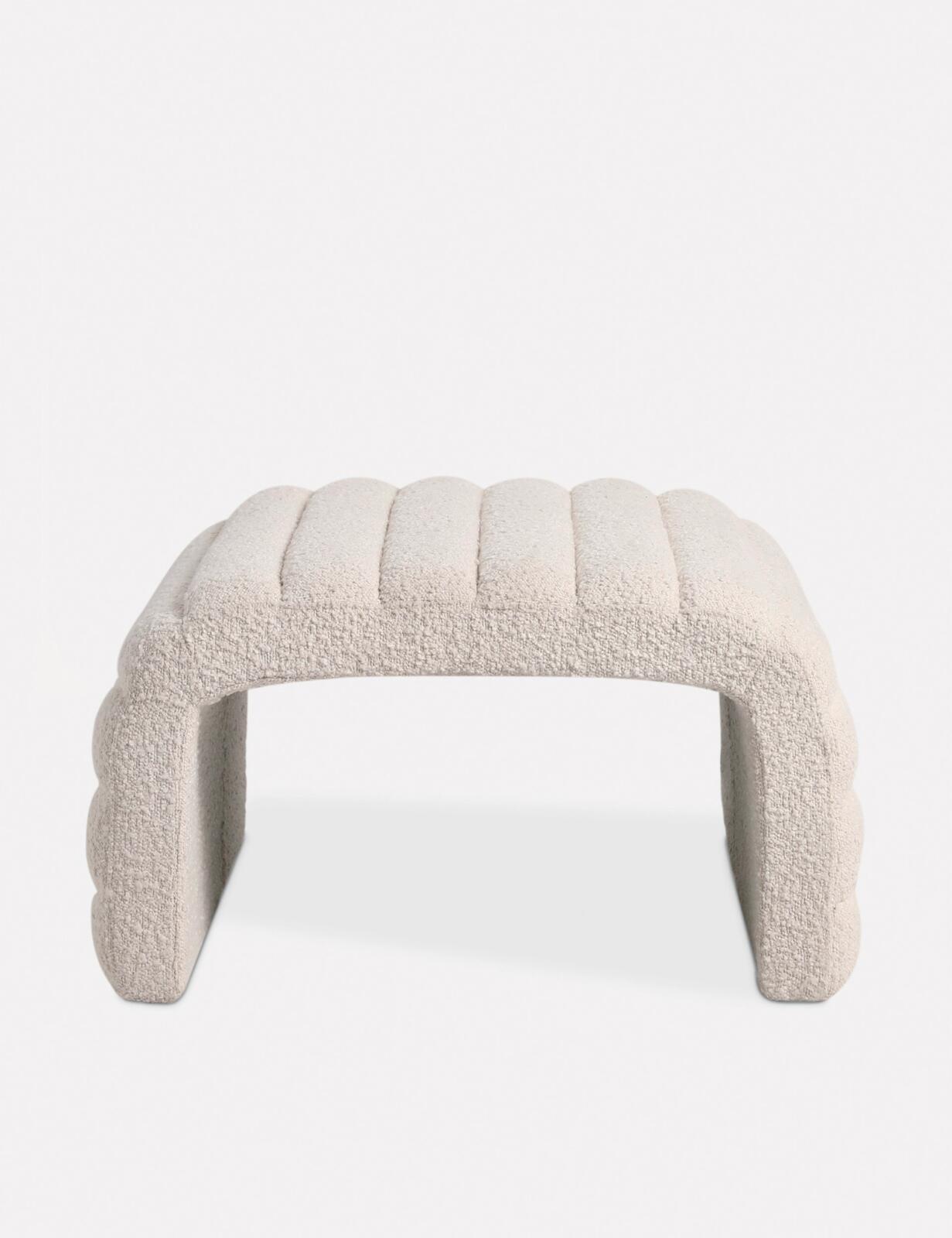
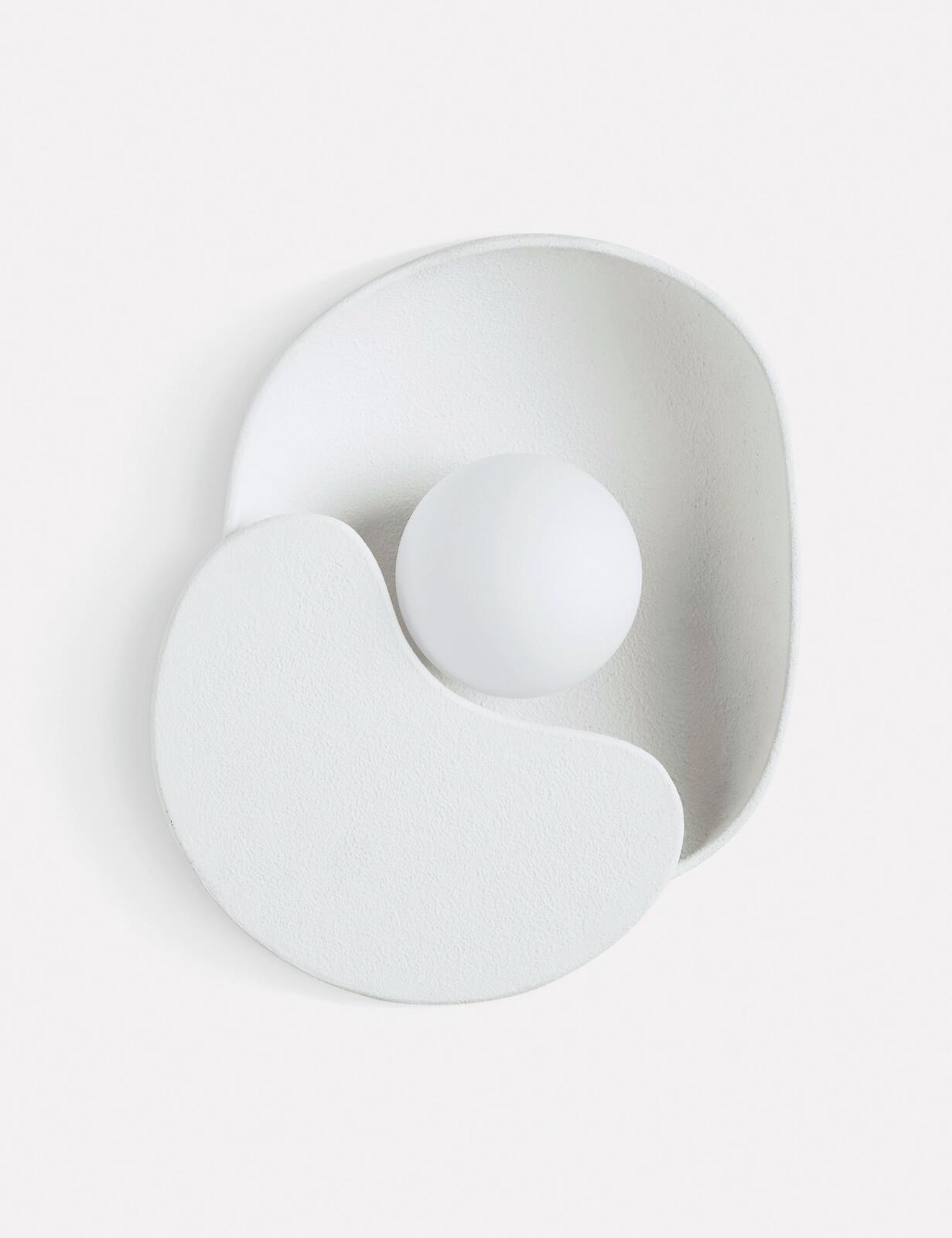

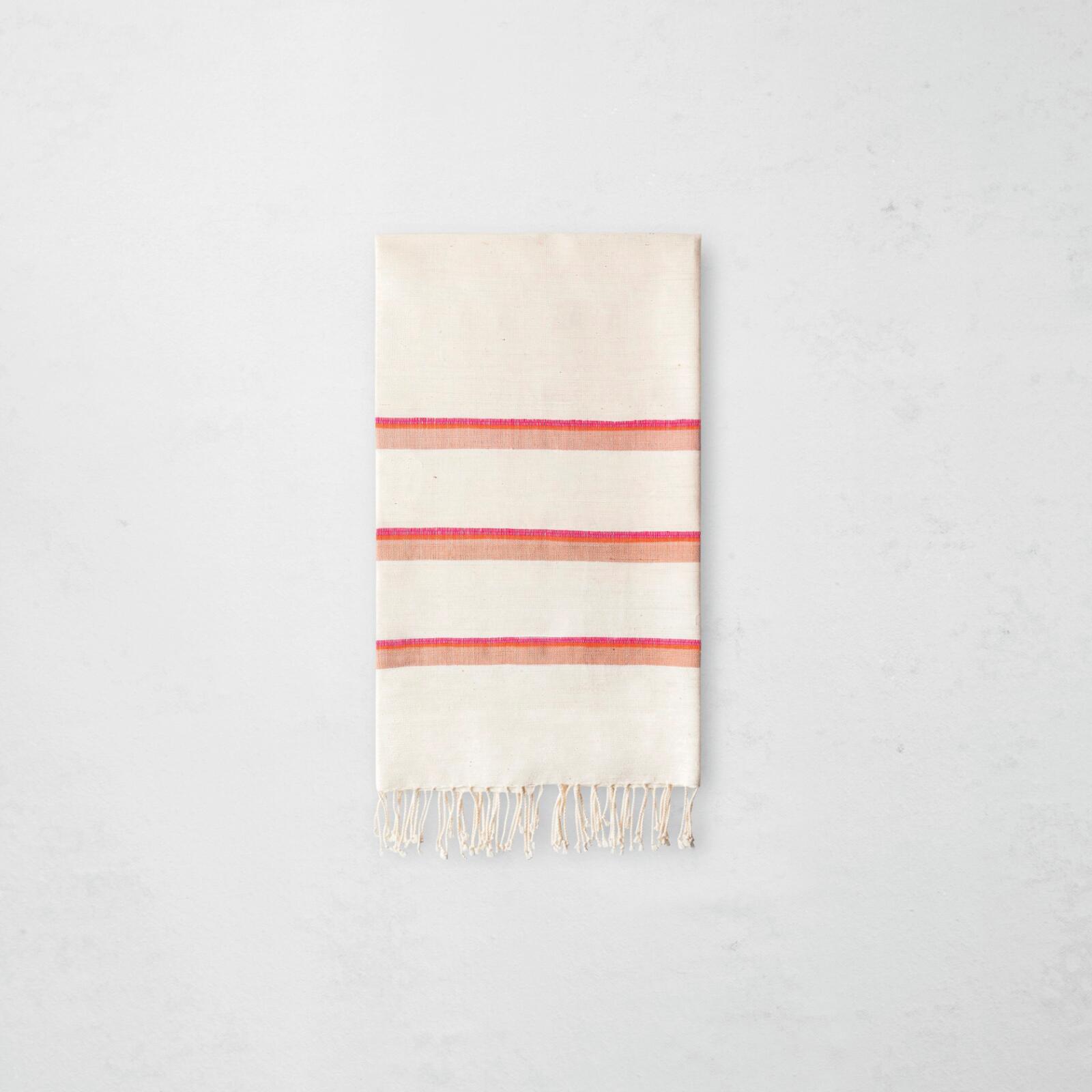
Though advancement was on the horizon, in 1977, a hostile takeover was brewing. Blount returned, with hopes of regaining ownership of the magazine. He was joined by Oscar Tang, a millionaire investment banker who bought up enough stock in the magazine to take over. It was done in response to Lewis allowing the editorial staff to have stock in the magazine to supplement their income. In the take over, Blount encouraged employees to sell their stock to Tang, so they could achieve majority ownership. However, it was Ed Lewis’ partner, Clarence Smith, who was the swing vote.
The next two years would become a stalemate in power between the magazine’s former partners and its current leadership with Lewis and Smith. In spite of that, ESSENCE prevailed.
Come back next week to see how ESSENCE would grow in its next decade: the 80s. Stream Time Of Essence on Fridays on OWN and Max.
